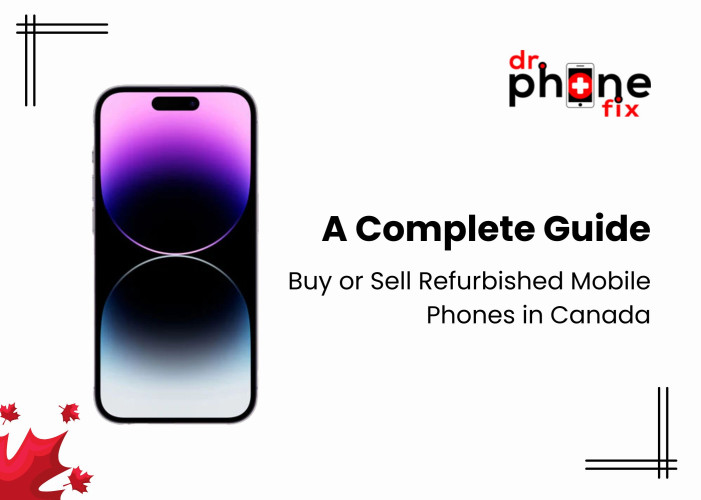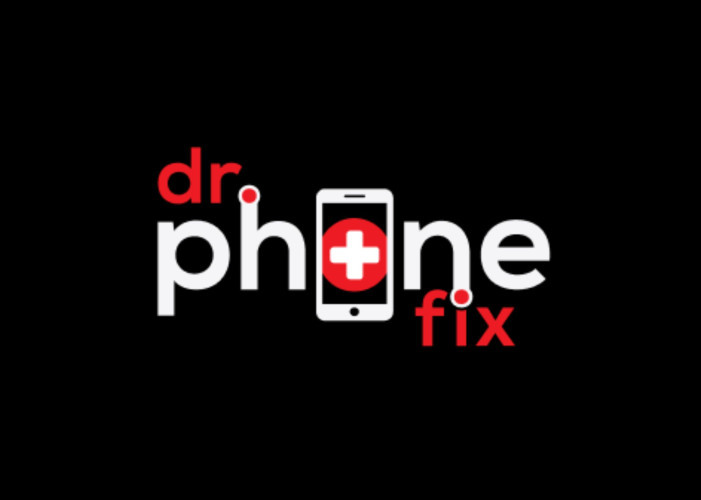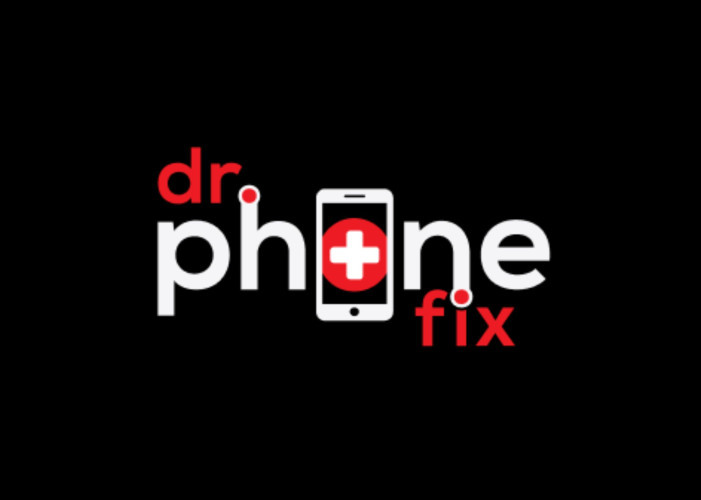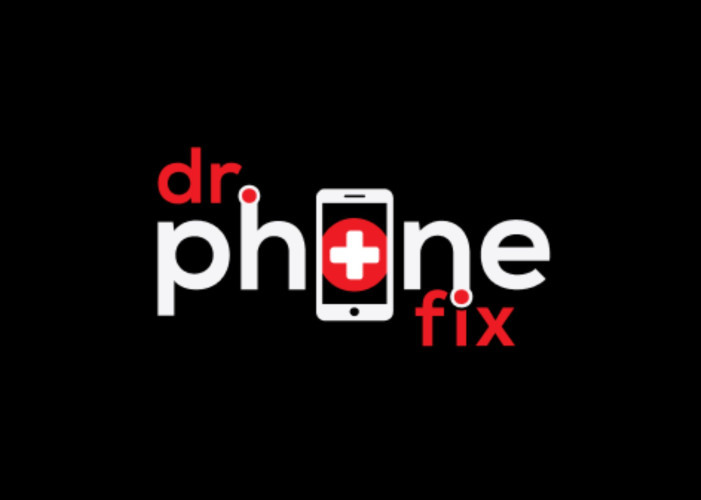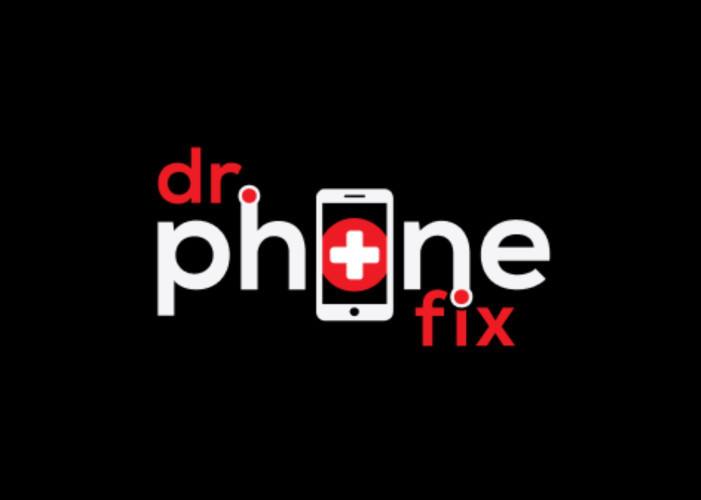Key Takeaways
Swift action is crucial when dealing with water damage on your phone, including removing it from the water, turning it off, and drying it gently to minimize initial damage.
Avoid common mistakes like using heat sources, shaking or blowing air into the phone, and attempting to charge it prematurely, as these can worsen the damage.
Consider advanced recovery techniques if initial drying methods prove ineffective, and seek professional repair services from certified technicians for severe water damage cases.
Water damage to a smartphone is a common yet dreaded mishap that can leave us feeling helpless and worried about the fate of our beloved device. Whether it slipped into the pool, took a dive in the sink, or got caught in a rainstorm, the effects of water on electronics can be devastating. However, all hope is not lost! Knowing what steps to take when your phone gets water damaged can significantly increase the chances of saving it and getting it back to its optimal functionality.
In this comprehensive guide, we'll explore the immediate actions you should take to minimize the damage, the dos and don'ts of dealing with a waterlogged phone, and advanced techniques to revive your device. From drying techniques to utilizing desiccants and seeking professional help, we'll cover it all. So, if you've found yourself in a situation where your phone has taken an unexpected swim, keep reading to discover the best strategies to potentially rescue your device and prevent future water-related mishaps.
Immediate Steps
When your phone encounters water damage, swift action becomes paramount to mitigate potential harm and enhance the prospects of a successful recovery. The immediate steps to take in such a situation are as follows:
Firstly, remove your phone from the water source as quickly as possible. The longer it remains submerged, the greater the risk of irreparable damage to internal components.
Next, it's crucial to turn off the device immediately. Press and hold the power button until the screen goes dark, as leaving the phone on can lead to short circuits and further internal damage.
After removing the phone from the water and turning it off, use a clean, dry cloth or towel to gently pat dry the exterior. Avoid rubbing vigorously, as this could inadvertently push water deeper into the device.
Additionally, remove the phone case and extract the SIM card promptly. This step is essential in preventing additional moisture from being trapped inside the phone and allowing for better airflow during the drying process.
By promptly following these immediate steps, you can minimize the initial damage caused by water exposure and create a favorable environment for subsequent drying and recovery procedures. Remember, time is of the essence, so act swiftly to maximize the chances of salvaging your water-damaged phone.
Drying Techniques
After removing the phone from the water and turning it off, the next crucial step is drying it effectively to prevent long-term damage. Air drying in a well-ventilated area is safe and effective, avoiding heat sources like hairdryers. Alternatively, place the phone in a sealed bag with silica gel packs or uncooked rice for 24-48 hours. Silica gel packs are preferred for their superior moisture-absorbing capabilities. For more advanced drying, use desiccant packs designed for electronics. These methods create an environment conducive to moisture removal, which is crucial for preventing corrosion. Remember to be patient and avoid powering on the phone prematurely.
Avoid Common Mistakes
When dealing with water-damaged phones, it's crucial to avoid certain actions that could worsen the damage or pose risks to the device's functionality. Here are some important precautions to take:
Firstly, don't use heat sources such as heaters, microwaves, or ovens to dry your phone. Excessive heat can lead to further damage to internal components, potentially causing irreversible harm. It's best to opt for gentle drying methods like air drying or using moisture-absorbing materials.
Additionally, resist the urge to shake or blow air into the phone. While it may seem like a logical way to remove water, this can actually push moisture further into sensitive areas, exacerbating the problem. Instead, rely on passive drying techniques to allow moisture to evaporate naturally.
Furthermore, avoid attempting to charge the phone until you're certain it's completely dry. Charging a water-damaged phone can result in short circuits and other electrical issues, potentially rendering the device unusable.
By following these precautions and refraining from using heat, shaking or blowing air, and charging the phone prematurely, you can help protect your device and improve the chances of successful recovery. For professional assistance with water-damaged phones in Kelowna, consider reaching out to Phone Repair Kelowna for expert services and solutions tailored to your needs.
Advanced Recovery Techniques
When dealing with severe water damage or if initial drying methods prove ineffective, advanced recovery techniques may be necessary. Here are some options to consider:
Firstly, disassembly can be a viable option if you're comfortable with electronics. Carefully take apart the phone to access internal components for thorough drying. This allows for better airflow and ensures that moisture is removed from hard-to-reach areas.
Another advanced technique involves using high-concentration isopropyl alcohol (90% or higher) to clean water-damaged parts and remove residue. Isopropyl alcohol is effective in displacing water and evaporating quickly, making it a preferred choice for cleaning electronics.
If DIY methods are not successful or if you're unsure about performing advanced techniques yourself, it's best to seek professional repair services. A certified technician from Laptop Repair Kelowna or Computer Repair Kelowna can assess the extent of the damage and implement specialized solutions to restore your device's functionality.
By considering these advanced recovery techniques and seeking professional assistance when needed, you can improve your chances of salvaging your water-damaged phone or computer.
Conclusion
When faced with water damage on your phone, swift action is key. Follow immediate steps like removing the phone from water, turning it off, and drying it gently. Avoid common mistakes and consider advanced techniques if necessary. Professional repair services like those offered by Phone Repair Kelowna can be beneficial for severe damage. By taking these steps, you increase the chances of salvaging your device and preventing future issues.


